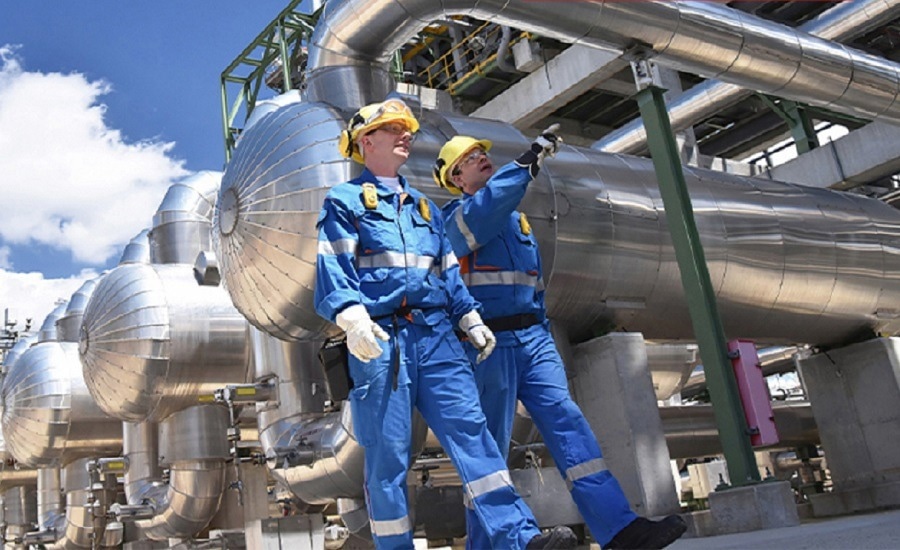Growing global concerns regarding exposure to trace toxins and their impact on workers and the general population have led to the implementation of new regulations in many countries. These regulations aim to mitigate long-term health risks like cancer and birth defects.

Image Credit: Thermo Fisher Scientific
In the United States, hazardous air pollutants (HAPs), often called trace air toxins, are subject to regulation by the US Environmental Protection Agency (EPA) under the Clean Air Act.
This act identifies 187 specific substances, including benzene, trichloroethylene, formaldehyde, mercury, and chromium, as HAPs. Emissions from chemical plants, petroleum refineries, and power plants constitute significant sources of these hazardous air pollutants. The necessity for controlling HAPs also extends to environments where toxic compounds are commonly utilized, such as in semiconductor fabrication, medical equipment sterilization, and pharmaceutical facilities.
In general, airborne emissions of HAPs are assessed either at the source, directly at the emission stack, or through ambient air monitoring within and around the workplace or facility's perimeter. Both methods use continuous emission monitoring (CEM) to track cumulative exposure.
Source emission and ambient air monitoring have distinct requirements, including varying minimum detection limits and measurement conditions. Therefore, specialized systems are needed to address the unique demands of each approach.
Employees working in facilities where HAPs are utilized may face a higher exposure risk than the surrounding community due to their proximity to emission sources.
This is understandable, particularly when abatement systems are not operating at peak efficiency, allowing HAP levels to accumulate rapidly in confined spaces. Although laws are in place to safeguard the health and safety of workers, managing indoor air quality remains a significant concern, necessitating robust solutions.
There are several challenges associated with monitoring trace toxins in ambient air, including:
- The analytical technology employed for monitoring must measure various Hazardous Air Pollutants (HAPs) that might be present within the same area.
- The detection limits should be sufficiently low to gauge compounds at concentrations below the permissible exposure limit (PEL), typically measured in parts per million (ppm), parts per billion (ppb), or even parts per trillion (ppt), depending on the specific compound.
- This technology must remain unaffected by cross interferences from other compounds or naturally occurring atmospheric gases (CO2, H2O, CH4), which predominate in ambient air, ranging from ppm to percent levels, often obscuring the detection of trace HAPs.
- A rapid measurement speed is imperative, enabling timely measurement at multiple input locations. This mitigates the risk of overlooking transient trace emissions, which are common in ambient air conditions, and minimizes workers' exposure time to such emissions.
Traditional technologies for HAP measurement encompass gas chromatography (GC) and Fourier transform infrared spectroscopy (FTIR).
Each technology has its advantages and disadvantages. FTIR emerges as a significantly better choice for simultaneous measurement of multiple compounds, resilience to cross interferences, and speed. In contrast, GCs excel in terms of sensitivity but tend to be slower and more costly for operation within a factory environment.
A novel technology, known as optically enhanced FTIR (OE-FTIR), has been introduced for industrial gas analysis. OE-FTIR retains all the traditional benefits of FTIR while significantly enhancing sensitivity for HAP detection, meeting and often surpassing the capabilities of GCs in many cases.
Even newer laser-based technologies, such as cavity ring-down systems (CRDS), struggle to compete with OE-FTIR, as the CRDS signal tends to degrade over time when exposed to air particulates like dust.
CDRS systems can only measure one compound per laser, rapidly becoming cost-prohibitive when measuring multiple compounds.
While no technology is flawless, OE-FTIR has revolutionized the approach to achieving fast and reliable HAP measurements at the lowest levels necessary to ensure worker safety.
The outcome is a sensor technology that, when integrated into a well-designed Continuous Emissions Monitoring (CEM) system, empowers environmental health and safety managers to enhance worker protection without incurring higher operational costs.
OE-FTIR yields several benefits when integrated into a properly designed CEM system:
- Wide area monitoring can be configured for up to 20 sample points while maintaining a rapid full-cycle time.
- As an optical technology, the OE-FTIR system software can be fully automated to operate the analyzer without human intervention and without requiring calibration.
- Real-time control room monitoring enables swift responses to emission events.
- There is no need for carrier gases and costly data interpretation when interferents are present, reducing ownership costs.
This groundbreaking OE-FTIR technology powers several Thermo Scientific™ solutions, including the MAX-iR™ FTIR Gas Analyzer, MAX-iAQ™ Ambient Air Monitoring System, and EMS-10™ Continuous Emissions Monitoring System, each designed to deliver precise, reliable gas analysis for specialized applications.

This information has been sourced, reviewed and adapted from materials provided by Thermo Fisher Scientific – Environmental and Process Monitoring Instruments.
For more information on this source, please visit Thermo Fisher Scientific – Environmental and Process Monitoring Instruments.